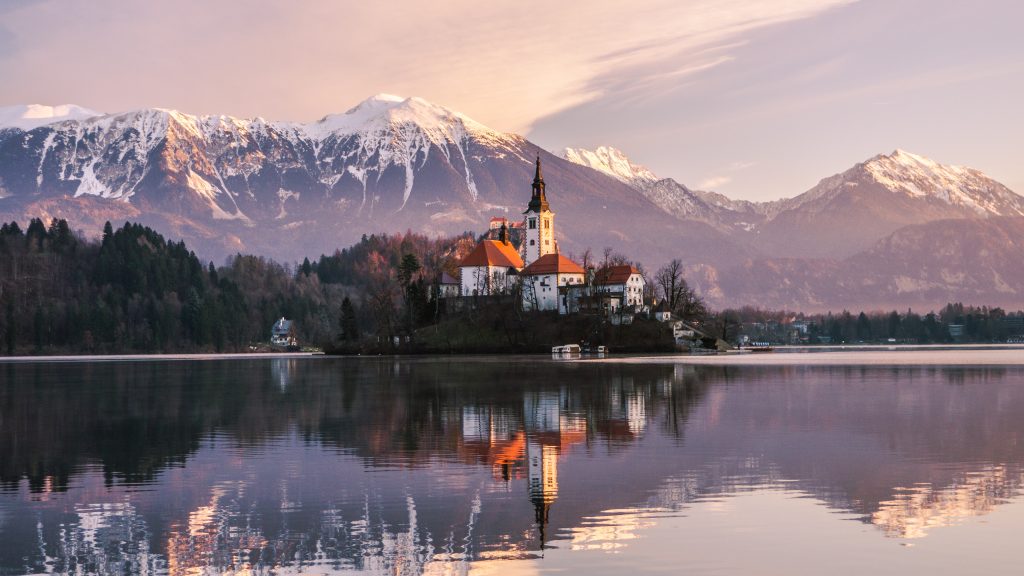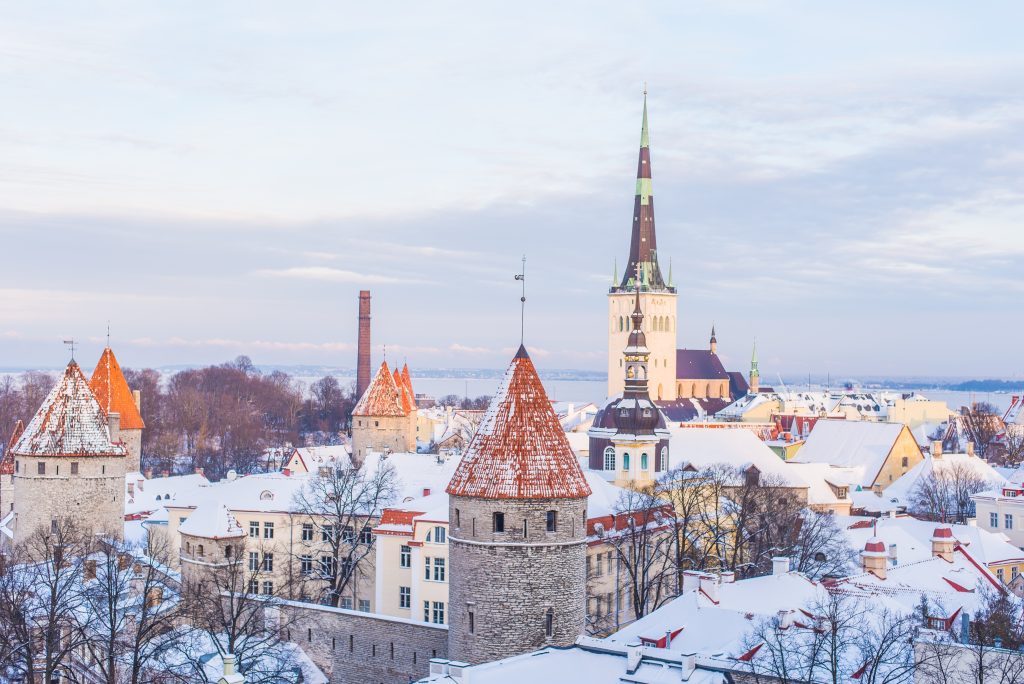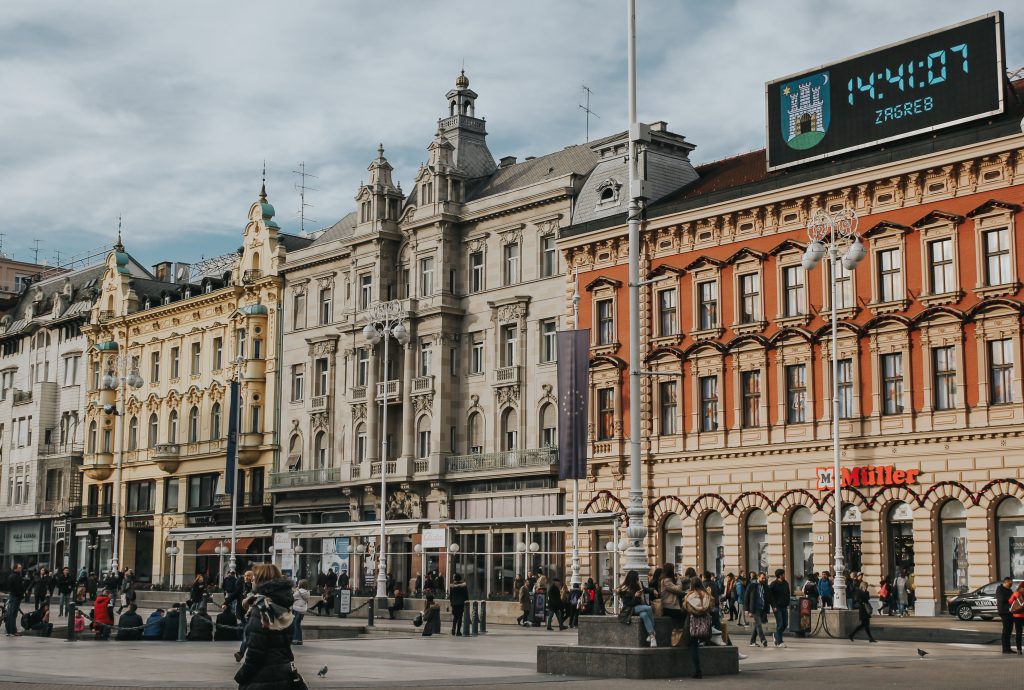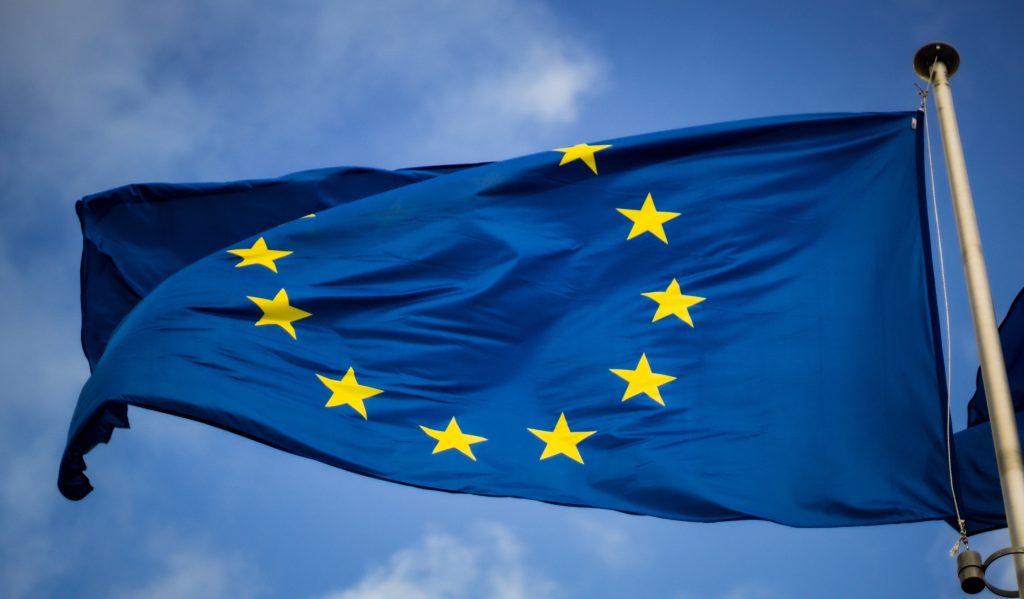October the 17th, 2023 – Croatian education is intensive, but just how does it stand when looking at lifelong learning in comparison with other EU countries? Not great, to say the least.
As Poslovni Dnevnik/Marija Brnic writes, in many rich countries, education is considered the biggest investment a person can have. In addition, due to increasingly rapid technological and production process changes, engaging in lifelong education shows readiness for progress and economic development of the country. If you look at European Union (EU) statistical indicators, further education isn’t a big lure for most Croats, moreover, Croatia is unfortunately in the group of countries that are at the very bottom of the EU ranking in terms of lifelong education.
Greece and Bulgaria are worse

Only 4.4 percent of adults aged 25 to 64 attended some form of additional Croatian education in 2022. If we look at the data from the five-year period, any forward momentum was stopped last year because in 2021, 5.1% of adults received additional Croatian education. In general, according to this criterion, Croatia lags behind the other EU Member States. On average, when looking at the EU level, 11.9% of adults are inclined towards having some form of additional education, with the fact that this is also the best result in the last five years.
It’s no consolation, but only Bulgaria and Greece had a lower result than Croatia in this regard. In Bulgaria, this share was only 1.7%, and in Greece it stood at 3.7%. Both countries, when looking at that same five-year period, have recorded a a trend of decreasing levels of interest in engaging in any sort of lifelong education. In Croatia, this isn’t yet the case, because in 2018, 2.9 percent of people were having some form of additional education.
Slovenia is faring better

In neighbouring Slovenia, with which Croatia almost constantly likes to compare itself because of a shared past, almost twice the share of adult residents is inclined to additional education. Last year, as many as 22.3% of Slovenia’s inhabitants attended some additional form of schooling. Croatia can envy the trend even more, because in previous years, the Slovenes had a share of lifelong education which stood as high as 8.4 percent.
Northern Europe is the winner in this regard

As in other indicators, the northern countries in Europe also lead in the preference for lifelong education. Sweden was the record holder last year, where as many as 36.2% of adults attended some form of further education. Finland came in second place in 2021, with 30.5%, but last year their interest also dropped to its lowest level in five years – down to 25.2%. As such, those who were more interested in continuing their education resided in Denmark (27.9%), Iceland (27.1%) and the Netherlands (26.4%).
Looking east

As a general rule, there is weaker interest in lifelong education in general in the east of the EU and in former socialist countries, with exceptions such as the rather remarkable Estonia. However, it’s interesting to note that Germany is also among the countries with a weaker interest in engaging in lifelong education, with an average which sits significantly below the level of the entire bloc. Last year, only 8.1% of adults in this most economically powerful European Union nation engaged in some form of further education.
Zagreb leads when it comes to further Croatian education

When it comes to Croatia, it’s evident from the data on NUTS-2 units that the City of Zagreb is unsurprisingly leading here. The largest number of adults who continue to receive additional Croatian education reside here in the capital. Last year, however, that number dropped significantly, from 10.9 down to 7.2%. This also left its mark on the overall result, although other Croatian regions mostly recorded a positive trend. More precisely, the number of adults in further education grew in Northern Croatia (3.5%) and in Adriatic Croatia (4.5%), while in Pannonian Croatia, the share decreased last year (dropping down to a discouraging 3.2%). However, looking at the five-year period, all of the country’s regions enjoyed a positive trend. For example, back in 2018, Pannonian Croatia had only 1.8% of its citizens of working age who were undergoing additional education and further training.
Eurostat breaks down the statistics

Eurostat normally doesn’t really go into the finer details of the individual forms of education that are recorded and which dominate in certain areas, but it’s interesting that the data found that the inclination to additional education is more represented among the female population. In total, at the EU level, 12.9% of women of working age participated in further education, which is 2.1 percentage points above the average for men (10.8%). If you look at the number of NUTS 2 regions, out of 233 regions, in all 38 of them we can see higher rates of additional education of men. Here in the Republic of Croatia too, women are more inclined to engaging in lifelong education (5%), in contrast to a significantly less 3.9% for Croatian men. Only in Northern Croatia is the male population more inclined to continue education than females.












